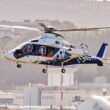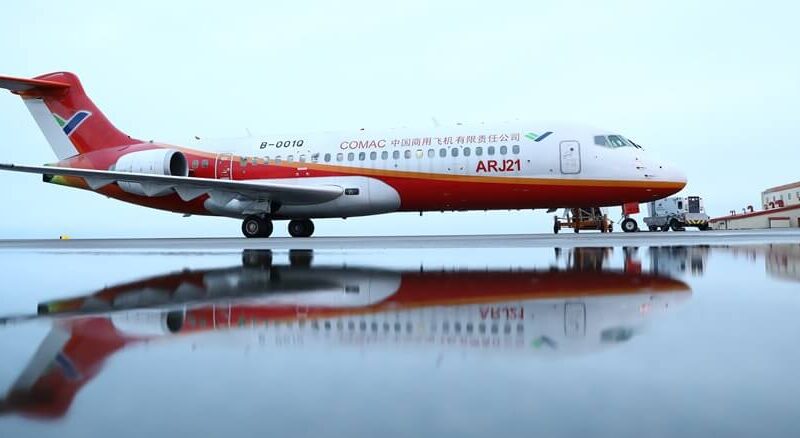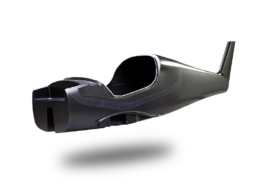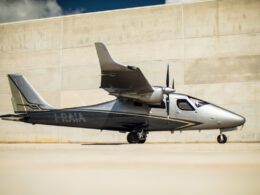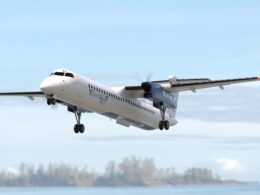China’s Genghis Khan airline does not even operate yet, but is already praised as the country’s “first” in two fields.
China’s aviation upcomer, Genghis Khan Airlines, received the first aircraft in its fleet ‒ ARJ21, made by China Commercial Aircraft Corporation (COMAC). The airline is the first one to operate a fleet of only aircraft made in China.
The aircraft, interim registration number B-001R, was flown from Shanghai Dachang Air Base to Baita International Airport (HET) in Hohhot, Inner Mongolia, China, on February 22, 2019.
The delivery comes after a couple of months delay, as the first batch of ARJ21s were supposed to reach the airline by the end of 2018, according to previous COMAC’s estimations. At the time, the airline’s maiden flight date was expected in early 2019.
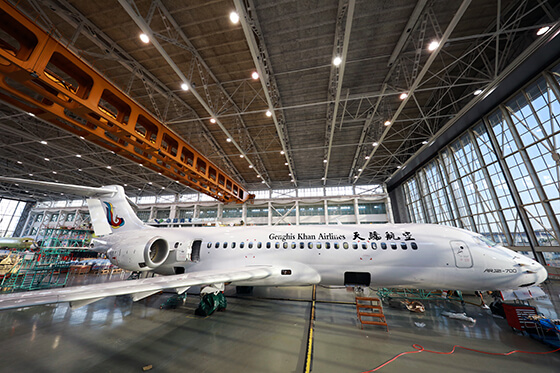
Image: COMAC
Genghis Khan Airlines received a green light by the Civil Aviation Administration of China (CAAC) in March 2018. The airline, backed by Inner Mongolia Communications Investment (Group), is based at Hohhot Baita International Airport.
Genghis Khan Airlines is praised as the first regional airline in Inner Mongolia, but more importantly ‒ it is also the first airline in China to operate a fleet of all China-made jets, COMAC announces.
The plane manufacturer also reveals the newscommer’s plans of growing its fleet to 25 – presumably all ARJ21 – planes in the first five years of operations. The airline chose the ARJ21 due to its “high temperature, high cold and high altitude performance” as well as its compatibility with “airport takeoff and landing conditions and complex route obstacles in the central and western regions of China,” according to chairman Hao Yutao.
ARJ21 is short-medium range turbofan regional aircraft, that has a layout of 78 to 90 seats, and a range of 2,225 to 3,700 kilometers. It was granted Type Certificate by CAAC in December 2014, and the Production Certificate (PC) from CAAC in July 2017.Type Certification application of ARJ21 is submitted to Federal Aviation Administration (FAA)



